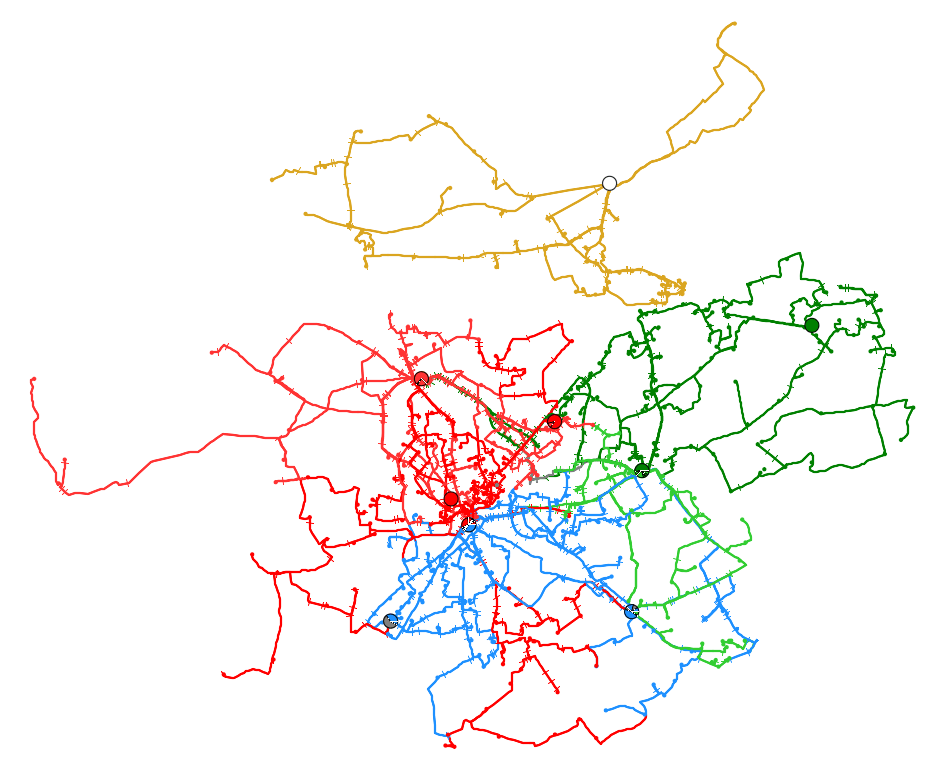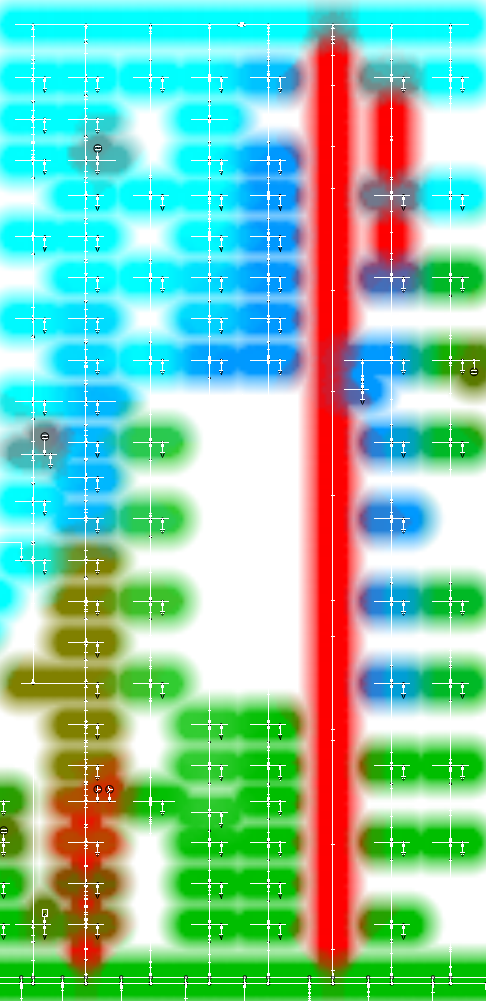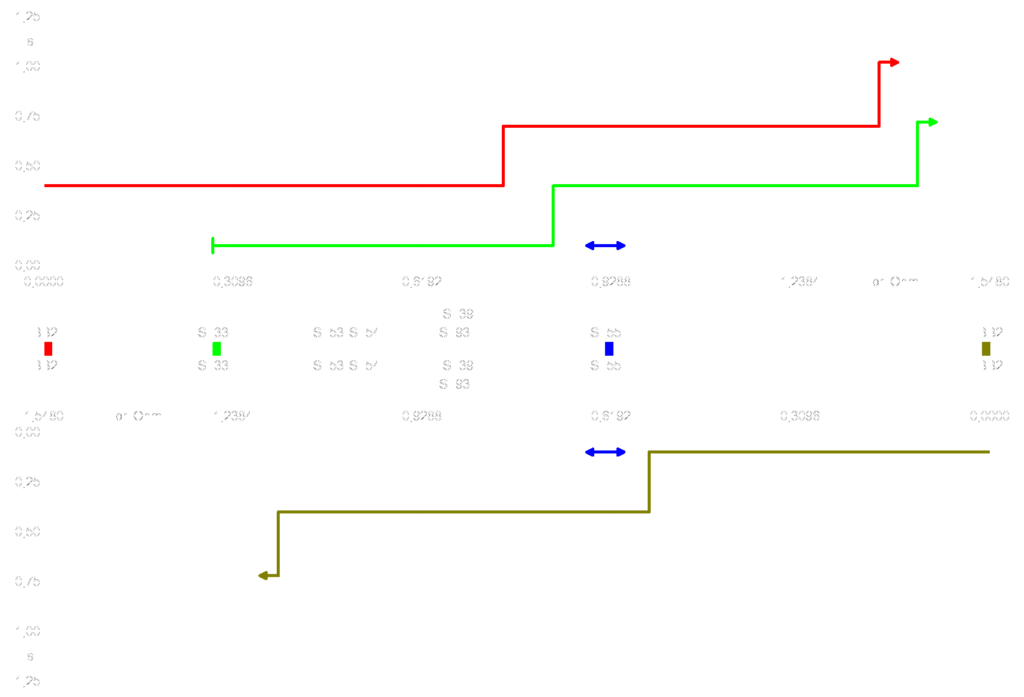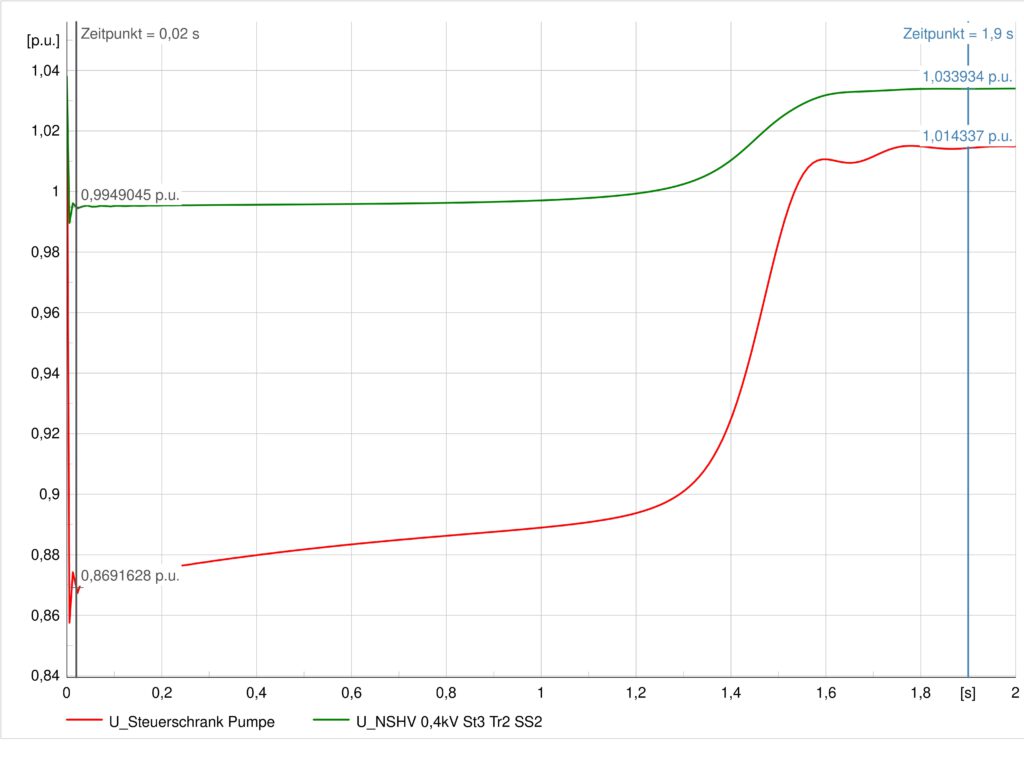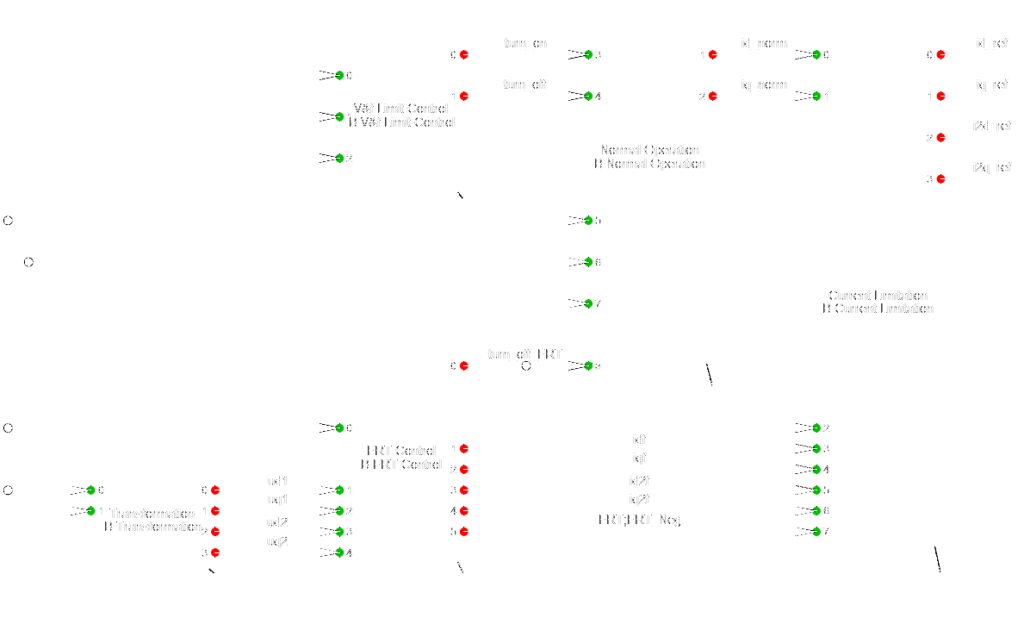Grid modelling
A calculable grid model forms the basis for all further calculation-based analyses of your power grid. We create such a model in schematic and/or geographic representation. It is possible either to create a completely new grid model or to build on an existing grid model and update it. For the grid modelling we use the software DIgSILENT PowerFactory, one of the world’s leading programs for modelling and calculating power supply grids of all voltage levels.
In the field of grid modelling, we have profound experience from numerous projects for grid operators and industrial customers of various sizes. Furthermore, we cooperate with qualified partners to enable the processing of data from various sources if required. Thus, all available data is used, and possibly existing data gaps are closed by field-proven approximation solutions.
Grid calculation
The grid calculation includes the calculation, consideration, and assessment of all physical characteristics for the correct design and selection of all electrical equipment for all grid types, voltage levels and operating modes.
In the area of general grid calculations, we mainly see the load flow/power flow calculation, the short-circuit current calculation and the protection calculation.
Grid calculations can be used to identify possible weak points in the existing grid and to develop effective countermeasures. Furthermore, grid calculations are the basis for a technically and economically optimal design of equipment for grid or plant expansions. In protection calculations, grid calculations are used to test the short-circuit resistance of equipment and to test existing or create new grid protection concepts.
Grid connection request
Are you a grid operator and need to evaluate a grid connection request for distributed generation plants or new load requests? Alternatively, you are a plant operator and would like to question the grid connection assessment of the grid operator or need support with the certification of your generation plant?
We support you with reliable grid calculations that consider the current guidelines for connection to low, medium and high voltage grids (VDE-AR-N 4100/-4105/-4110/-4120). In this context, relevant issues are, for example, the determination of the most suitable grid connection point for the grid connection, the determination of any necessary grid expansion measures or the determination of specifications for the reactive power supply of generation plants. Furthermore, we support you in completing the grid operator inquiry form (E.9 or E.7 form).

Reliability calculation
The reliability calculation allows the quantitative evaluation of the supply reliability in an electrical grid or its comparison over several grid variants. For this purpose, the failure behaviour of the individual resources in the grid is first described on the basis of publicly available models, e.g., the probability of failure or the average repair time. Subsequently, the failure of each resource in the grid is systematically simulated within the framework of a fault effect analysis (FEA), and the supply status of the remaining resources is analysed during a simulated fault repair. As a result, reliability parameters (DISQUAL parameters) such as interruption frequency (SAIFI), interruption duration (CAIDI) or non-availability (SAIDI) can be calculated.
Reliability calculations can be used to objectively assess the reliability level of the existing grid, e.g. concerning the quality element (Q element) of incentive regulation. On the other hand it is possible to compare different grid variants, e.g. in the context of target grid planning, from a reliability point of view.

Dynamic grid simulation
To evaluate electromechanical balancing processes in electrical grids we perform dynamic grid simulations over time. Here, power flow calculations are performed with a temporal resolution in the millisecond range and the behavior of the grid resources is simulated. Application examples for these RMS simulations are, for example, the calculations of currents and voltages when large electrical devices are switched on/off or the simulation of the behavior of generation plants in the event of grid faults (dynamic grid support / FRT).
In addition, we create and validate dynamic simulation models for generation units and generation plants in accordance with FGW Technical Guideline 4 (TR 4).
